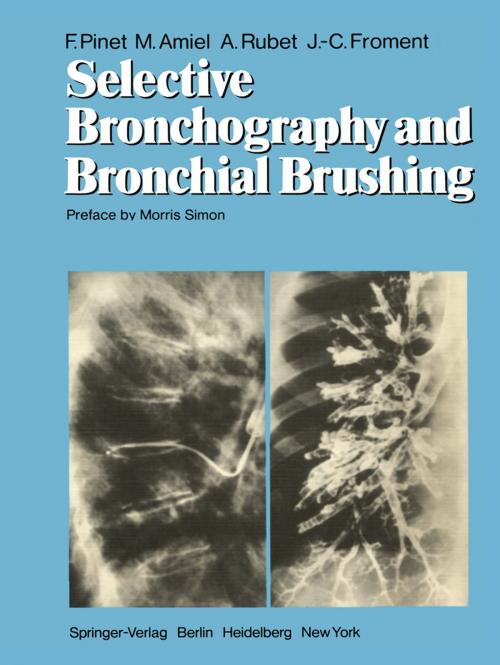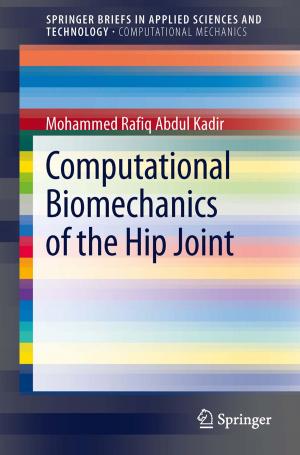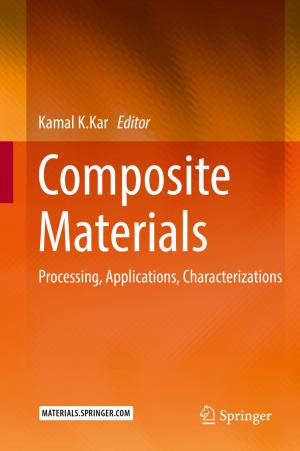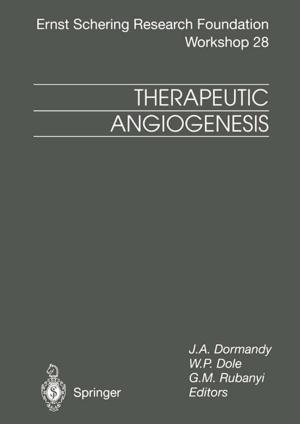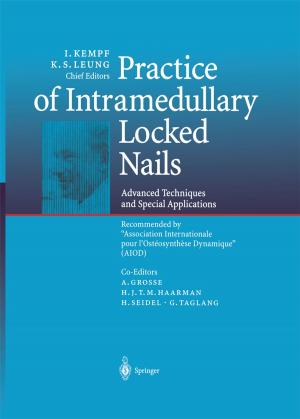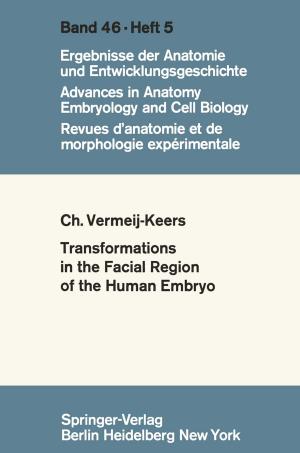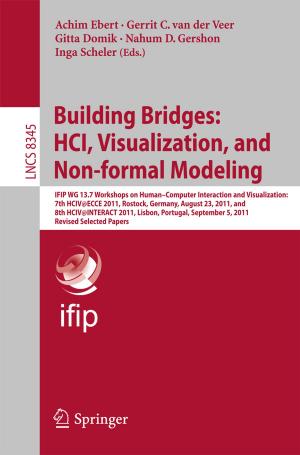Selective Bronchography and Bronchial Brushing
Nonfiction, Health & Well Being, Medical, Specialties, Pulmonary & Thoracic, Otorhinolaryngology| Author: | M. Simon, F. Pinet, M. Amiel, A. Rubet, J.-C. Froment | ISBN: | 9783642671289 |
| Publisher: | Springer Berlin Heidelberg | Publication: | December 6, 2012 |
| Imprint: | Springer | Language: | English |
| Author: | M. Simon, F. Pinet, M. Amiel, A. Rubet, J.-C. Froment |
| ISBN: | 9783642671289 |
| Publisher: | Springer Berlin Heidelberg |
| Publication: | December 6, 2012 |
| Imprint: | Springer |
| Language: | English |
Since the respiratory airways branch to all parts of the lungs and ready access is provided through the nose or mouth, exploration of these passages for direct visualization or tissue sampling has long been a clinical challenge. This would be particularly helpful in diagnosing those pulmonary diseases that involve the bronchial tree or affect the surrounding lung parenchyma which prove difficult to diagnose or define by indirect methods. The pioneering efforts of Chevalier Jackson in 1918, using bismuth insufflation for radiologic visualization of the bronchial tree, and of Sicard and Forestier, who introduced poppy seed oil (lipiodol) in 1922, rapidly established bronchography as a practical radiologic diagnostic procedure. The initial enthusiasm was soon tempered by recognition of practical problems, and over the years the popularity of bronchography has waxed and waned as techniques were refined and new equipment, instrumentation and contrast agents evaluated. At the same time, alternative methods of diagnosis were being developed, notably sputum cytology, percutaneous needle aspira tion and biopsy, and bronchial brushing. In recent years, a number of medical and technologic developments have revived interest in transbronchial techniques and have made such a diagnostic approach more attractive. Improvements in topical airway anesthesia effectiveness have simplified passage of a variety of catheters, brushes, biopsy devices, fiberoptic or other bronchoscopic instruments along the bronchial passageways. Methods of guiding the catheter or other trans bronchial instrument toward the target site in the lung have also been refined.
Since the respiratory airways branch to all parts of the lungs and ready access is provided through the nose or mouth, exploration of these passages for direct visualization or tissue sampling has long been a clinical challenge. This would be particularly helpful in diagnosing those pulmonary diseases that involve the bronchial tree or affect the surrounding lung parenchyma which prove difficult to diagnose or define by indirect methods. The pioneering efforts of Chevalier Jackson in 1918, using bismuth insufflation for radiologic visualization of the bronchial tree, and of Sicard and Forestier, who introduced poppy seed oil (lipiodol) in 1922, rapidly established bronchography as a practical radiologic diagnostic procedure. The initial enthusiasm was soon tempered by recognition of practical problems, and over the years the popularity of bronchography has waxed and waned as techniques were refined and new equipment, instrumentation and contrast agents evaluated. At the same time, alternative methods of diagnosis were being developed, notably sputum cytology, percutaneous needle aspira tion and biopsy, and bronchial brushing. In recent years, a number of medical and technologic developments have revived interest in transbronchial techniques and have made such a diagnostic approach more attractive. Improvements in topical airway anesthesia effectiveness have simplified passage of a variety of catheters, brushes, biopsy devices, fiberoptic or other bronchoscopic instruments along the bronchial passageways. Methods of guiding the catheter or other trans bronchial instrument toward the target site in the lung have also been refined.
